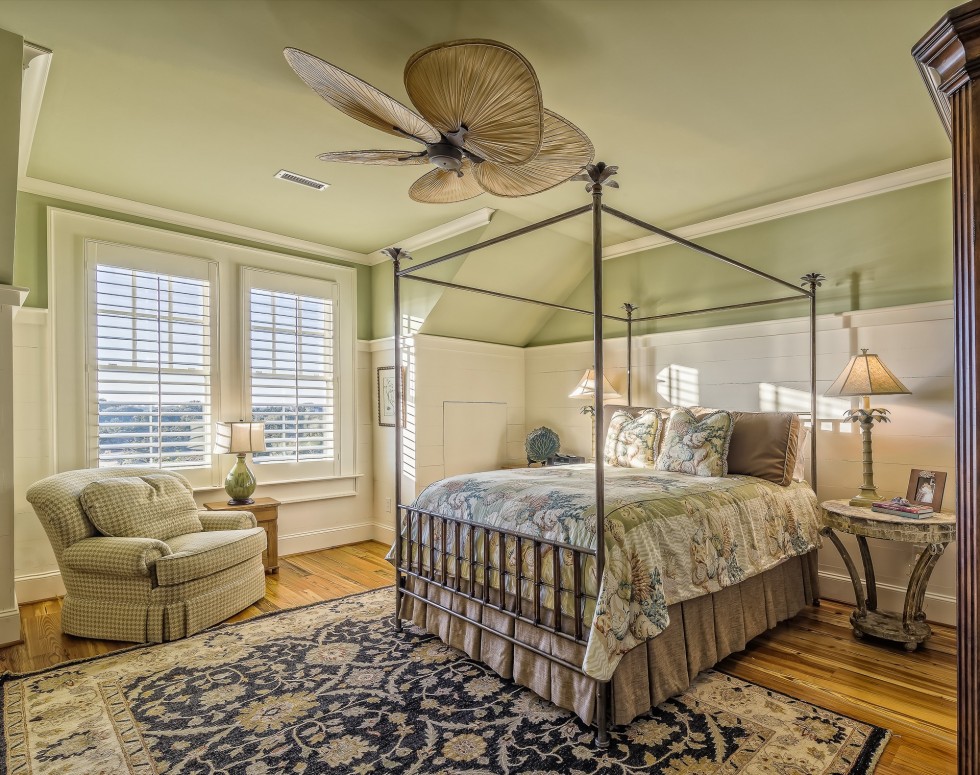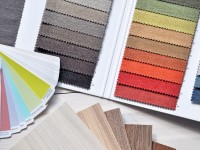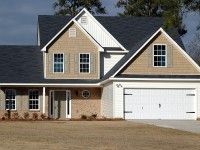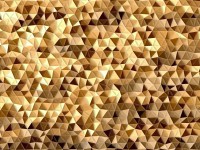What makes a truly luxury interior design? Expensive furniture, antiques, and magnificent artwork? Elegant flooring, cabinetry, fabrics, and lighting? Yes, all of that, plus things that make a living space individual and unique, including materials. While various combinations of silk, marble, gold, and glass will always be in fashion for creating luxurious interiors, here is a brief review of some unusual materials that can serve for the purpose quite as well. Some of them have been around for centuries. Others have just begun to conquer the hearts of homeowners and designers.
1. Cork
This material is made from the hard bark of a cork oak tree and has a number of advantages.
- It is ecologically friendly and contains no toxic elements.
- It is a perfect insulator, which is especially good for busy downtown areas.
- It’s water resistant. With cork, there is no dust, mold, or bacteria.
- You can pin anything to a cork wall, refreshing the interior as often as you wish. For instance, that can be a clock or colorful design.
Cork looks like part compressed wood part rock. It’s not only used for wall coverings, but also for small furniture and flooring. What’s more, cork is one of the few unusual materials for creating luxury interiors that is quite inexpensive. A piece of cork furniture such as a patio table costs from $50. Other furniture ideas include a cork recliner, chandelier, and even an entire staircase.
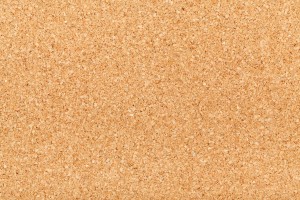
2. Shagreen/ Sharkskin
This material has a roughened texture made of closely-located round scales. Sharkskin was very popular among the European higher classes in the middle of the 18th century. Its most common application at that period was for covering such things as books and suitcases, that is for everything that could be carried around. Designers looking for unusual materials took a fresh interest in Sharkskin in the 1970’s and began using it to create high-end interiors.
The principal benefits of sharkskin:
- Excellent water resistance, which makes it a good choice for bathroom interiors.
- Good dye-taking properties. Thanks to that, it acquires all kinds of sheens.
Shagreen can go well with metal. You will also often see designers employing shagreen for bookcases and headboards.
3. Brass
In the interiors of many royal palaces, gold plays a significant role. Unfortunately, it costs too much to be used in most ordinary homes. There is a cheaper alternative, though: brass. It is an alloy that represents a combination of copper and zinc. Among the pros of brass are these:
- available in many shades (bronzy, yellow)
- very hard-wearing
- can acquire various shapes thanks to malleability
Brass can be used to complement such materials as marble, or entirely by itself. Get a piece of brass furniture like a coffee table, brass door knobs, or cabinet handles. Have brass faucets, taps, or shower installed in the bathroom.
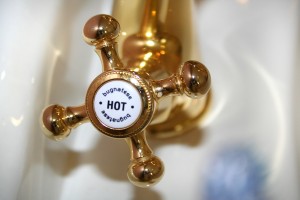
4. Faux leather
Using everything environmentally friendly is a big trend in the 21st century. One of the unusual materials you can have in your interior design that follows that trend is faux leather. This product is completely synthetic. Faux leather helps achieve several effects in the interior:
- crocodile leather effect
- cow leather effect
- snake leather effect
As faux leather has a sheen, you need to use it with dull-toned things like fabrics. Faux leather is more than a half cheaper than real leather and very easy to maintain. The principal application of this material is upholstery. You will see designers using it for chairs, countertops, or wall coverings. Faux leather floor tiles are also common.
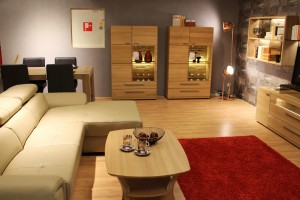
5. Stainless steel
When you hear “stainless steel,” the first thing that comes to your mind is probably the pipes in your bathroom. However, this material is being used more widely by interior designers as well. Stainless steel has several benefits:
- It is strong and ductile. It means that stainless steel design elements can endure high loads without breaking and span long distances. That makes the material an excellent choice for benches and handrails.
- It is environmentally friendly since it can be entirely recycled.
- It is immune to rust. At the same time, you can easily wash it with water or chemicals. So, no bacteria accumulate on it.
Stainless steel has a sleek, modern look, contributing to a more industrial design. This material is most often used in kitchens for countertops, cabinets, and lampshades. In addition, small pieces of steel can be woven into screens or linked together to create all kinds of designs.
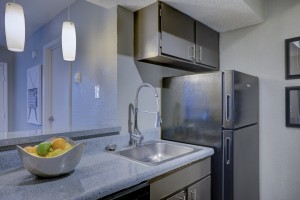
The list of unusual materials you can use in your interior design is much longer, but you can begin with the five described above to express your individuality and uniqueness.
